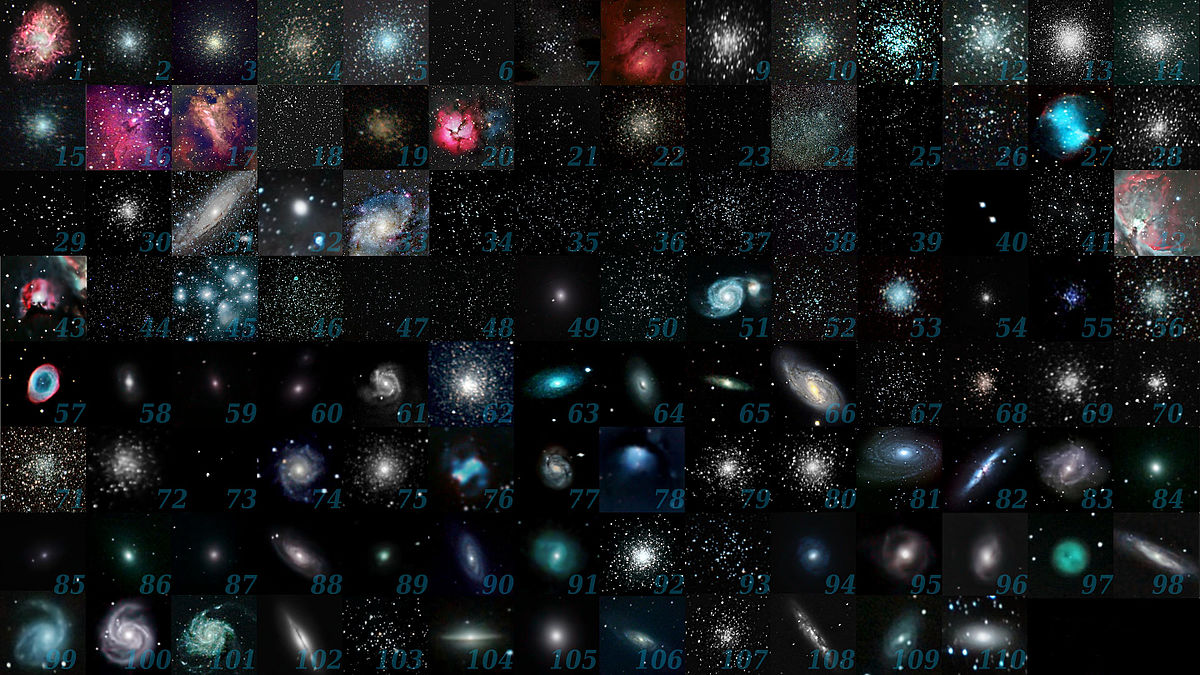The Messier Catalogue, compiled by the French astronomer Charles Messier in the 18th century, is a list of 110 astronomical objects. These include some of the most fascinating and visually stunning features of the night sky. These objects range from galaxies to star clusters and nebulae. Messier created this catalogue to help astronomers distinguish between permanent and transient objects. Comets, which were his primary interest, are examples of transient objects.
What is the Messier Catalogue?
The Messier Catalogue was first published in 1771. It has since become a key reference for both amateur and professional astronomers. Astronomers know the objects in the Messier Catalogue for being relatively bright and thus accessible to observation with small telescopes and binoculars.
Types of Objects in the Messier Catalogue
The catalogue includes a variety of deep-sky objects:
- Galaxies: Massive systems of stars, interstellar gas, dust, and dark matter, bound together by gravity.
- Star Clusters: Groups of stars that are gravitationally bound.
- Open Clusters: Loose collections of stars that are usually found in the plane of the Milky Way.
- Globular Clusters: Dense, spherical collections of stars that orbit the core of the Milky Way.
- Nebulae: Clouds of gas and dust in space, often sites of star formation.
- Emission Nebulae: Clouds of high-temperature gas that emit light.
- Reflection Nebulae: Clouds of dust that reflect the light of nearby stars.
- Planetary Nebulae: Shells of gas and dust ejected from certain types of stars as they die.
- Supernova Remnants: Remains of exploded stars.
Messier Catalogue
Observing Tips
- Use a Star Chart: A detailed star chart can help you locate catalogue objects in the night sky.
- Optimal Viewing Conditions: Dark, clear skies away from city lights will give you the best views.
- Telescope or Binoculars: While some observers can see certain Messier objects with the naked eye, most need binoculars or a small telescope to observe details.
Conclusion
The Messier Catalogue is a treasure trove of astronomical wonders, offering a glimpse into the vast and varied universe beyond our planet. Whether you’re an amateur stargazer or a seasoned astronomer, exploring the objects is a rewarding experience. It deepens your appreciation for the cosmos. Happy stargazing!
